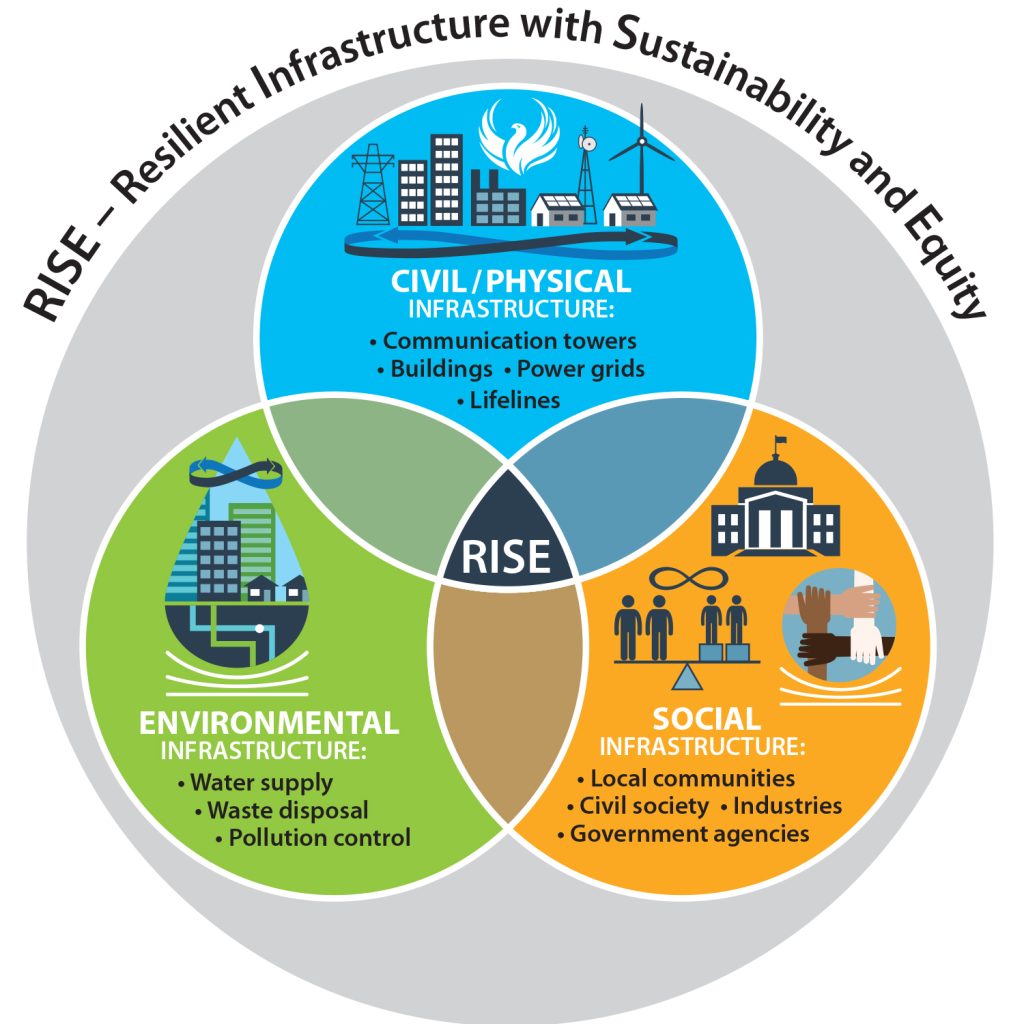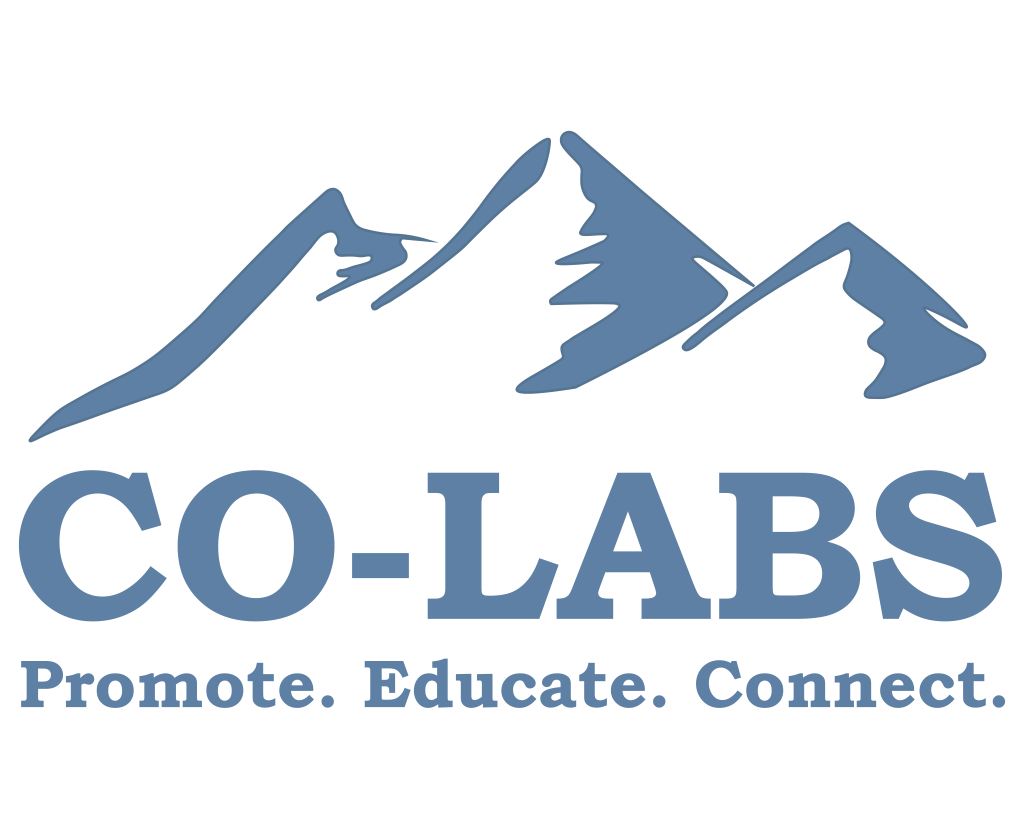Brad Wham, Erica Fischer, Shideh Dashti, Amy Javernick-Will, Abbie Liel, and Andrew Whelton
Preliminary Data on Housing Heat Maps and Survivability
Abstract: This presentation featured preliminary data that has been used to quantify damage patterns and the mechanistic behavior of buildings in the path of the 2021 Marshall Fire. Specifically, the research team presented on the large number of damaged and destroyed buildings that have been evaluated for the presence of burned entities touching homes, broken windows, or heated concrete structural elements such as foundations. This data can be used to quantify exposure temperatures. The team is also evaluating the level of fire-induced damage in relation to home proximity to open grassland or other neighboring structures and position within a block. This research is supported by the National Science Foundation-funded Geotechnical Extreme Events Reconnaissance (GEER) Association and the RAPID Facility at the University of Washington.
Andrew Whelton, Chad Seidel, Brad Wham, and Erica Fischer
Response of Large Water Utilities to the Marshall Fire and Scientific Needs
Abstract: After the Marshall Fire, this research team supported post-fire response and recovery decisions for the largest municipalities impacted–Louisville and Superior–who provide drinking water to nearly 40,000 people. Through direct involvement, the team assisted in data review, government and community interactions, system isolation and return to service, water sampling strategy design, and decision making processes. This research supported municipal leaders as they navigated system stabilization, damage assessment, and return to service. This presentation shared preliminary data and knowledge gained from the water systems’ response and recovery. For example, chemical and biological contamination posing acute health risks to homeowners and businesses was a concern, and acute chemical contamination was found in at least one water system to date. This presentation addressed unique scientific and operational challenges that have not been reported previously. Policy implications of the research were discussed, as drinking water is critical to human health, welfare, and economic security, and fires can have profound impacts on community survivability.
Steve Brown, Chelsea Stockwell, Matt Coggon, Carsten Warneke, Jessica Gilman, Jeff Peischl, Ken Aikin, and Kristen Zuraski
Outdoor Air Quality in the Marshall Fire Burn Areas in the Weeks Following the Event
Abstract: In the aftermath of the Marshall Fire, the NOAA Chemical Sciences Laboratory conducted ambient air measurements with a mobile laboratory in the burn areas at the request of state and local air quality agencies. Drives took place during the period of 11-13 days after the fire and characterized the levels of outdoor gas phase compounds, particularly volatile organic compounds, or VOCs. While the burn areas showed slightly enhanced levels of compounds known to be emitted from smoldering or biomass burning, such as benzene and acetonitrile, mixing ratios were not far in excess of normal urban air pollution. A wider suite of approximately 300 compounds measured by a proton transfer reaction mass spectrometer has not yet been fully analyzed. Follow-up drives may assess the evolution of air quality during demolition and removal activities.
Joost de Gouw, Christine Wiedinmyer, Marina Vance, Michael Hannigan, and Colleen Reid
Sustained Air Quality Impacts of the Marshall Fire in Boulder County
Abstract: Smoke from the Marshall Fire infiltrated homes surrounding the burnt areas, left ash and soot behind, and impacted indoor air quality in noticeable ways. Even now, more than a month after the initial ignition, there is a burn smell inside many of the affected homes that are still standing. In addition, many people remain displaced and are waiting for guidance about when it will be safe to return. This presentation featured the early findings from a study that began on January 8, 2022, and that entails a measurement program of air quality inside smoke-impacted homes.




